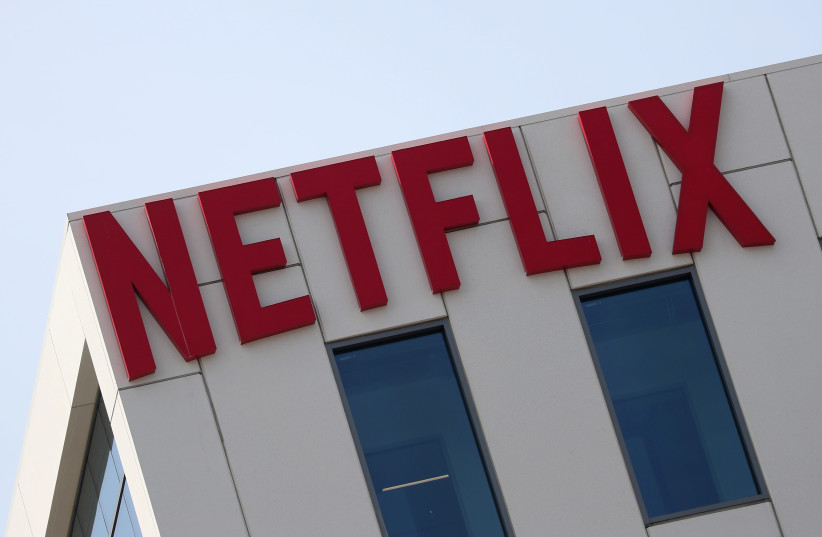On-demand streaming is the defining characteristic of media in the modern age, and while Netflix was once considered the all-time reigning champion within the streaming arena, recent statistics illustrate a contentious battle for its position as head honcho.
According to recent data from JustWatch, Prime Video has the largest market share of any streaming platform in the US in Q1 2023, weighing in at 21%, while Netlfix holds 20%. This is a shake-up from Q4 2022, when Netflix held a 3% lead on Prime Video, though, in the grander scheme of things, it is merely a continuation of Netflix’s gradual decline: since 2020, the streaming pioneer has lost more than 13% of its market share.
After Netflix and Prime Video, Disney+ and HBO Max are in a tight race for third place, with the former holding 15% of market share and the latter coming in at 14%. Disney+ lost some subscribers in Q1, which may cause it to fall behind HBO Max.
Hulu holds a currently-uncontested 5th place with 11% market share, while Paramount+ (7%) has overtaken Apple TV+ (6%) after a strong earnings quarter, although it still lags behind the bigger players.
Streaming platforms must continue to innovate
As the streaming market becomes more crowded and competitive, streaming platforms must continue to innovate and expand their offerings to stay ahead. While Prime Video currently holds the #1 position, its lead on competition is diminutive, and the service provider will need to stay ahead of the competition. Smaller players Paramount+ and Apple TV+ will need to focus on growth strategies and the curation of attractive content in order to catch up to the leading platforms.

Furthermore, it’s likely that ad-supporting streaming plans will rise to prominence in the coming year, as subscription-based models may have run their course.
